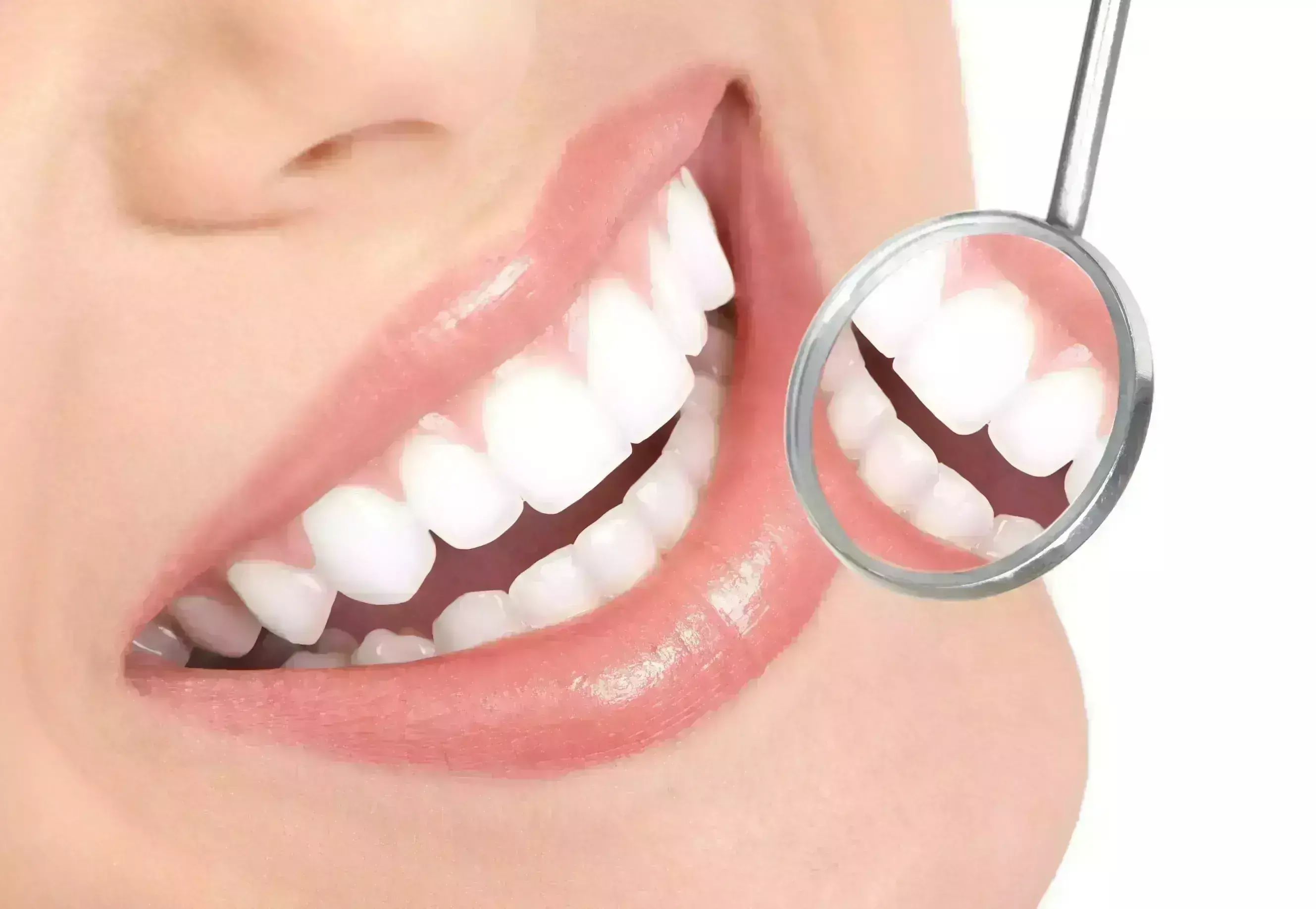- Home
- Medical news & Guidelines
- Anesthesiology
- Cardiology and CTVS
- Critical Care
- Dentistry
- Dermatology
- Diabetes and Endocrinology
- ENT
- Gastroenterology
- Medicine
- Nephrology
- Neurology
- Obstretics-Gynaecology
- Oncology
- Ophthalmology
- Orthopaedics
- Pediatrics-Neonatology
- Psychiatry
- Pulmonology
- Radiology
- Surgery
- Urology
- Laboratory Medicine
- Diet
- Nursing
- Paramedical
- Physiotherapy
- Health news
- Fact Check
- Bone Health Fact Check
- Brain Health Fact Check
- Cancer Related Fact Check
- Child Care Fact Check
- Dental and oral health fact check
- Diabetes and metabolic health fact check
- Diet and Nutrition Fact Check
- Eye and ENT Care Fact Check
- Fitness fact check
- Gut health fact check
- Heart health fact check
- Kidney health fact check
- Medical education fact check
- Men's health fact check
- Respiratory fact check
- Skin and hair care fact check
- Vaccine and Immunization fact check
- Women's health fact check
- AYUSH
- State News
- Andaman and Nicobar Islands
- Andhra Pradesh
- Arunachal Pradesh
- Assam
- Bihar
- Chandigarh
- Chattisgarh
- Dadra and Nagar Haveli
- Daman and Diu
- Delhi
- Goa
- Gujarat
- Haryana
- Himachal Pradesh
- Jammu & Kashmir
- Jharkhand
- Karnataka
- Kerala
- Ladakh
- Lakshadweep
- Madhya Pradesh
- Maharashtra
- Manipur
- Meghalaya
- Mizoram
- Nagaland
- Odisha
- Puducherry
- Punjab
- Rajasthan
- Sikkim
- Tamil Nadu
- Telangana
- Tripura
- Uttar Pradesh
- Uttrakhand
- West Bengal
- Medical Education
- Industry
Polyether has best penetration ability and polyvinylsiloxane has highest tensile strength among elastomeric dental impression materials

Polyether presents the best penetration ability, while the novel polyvinylsiloxane has the highest tensile strength among elastomeric dental impression materials suggests a recent study published in the European journal of dentistry.
The aim of this study was to evaluate and compare penetration ability and tensile strength among vinylsiloxanether (VSE), polyether (PE), and polyvinylsiloxane (PVS) elastomeric dental impression materials.
The models were constructed for penetration ability tests by simulating gingival sulcus width and a moist environment. The 0.05, 0.1, and 0.2 mm of simulated gingival sulcus widths were used. Each simulated gingival sulcus width was impressed with 10 repeats per one elastomeric impression material. All extension of elastomeric dental impression materials was scaled by Measuring Microscope (MM-11; Nikon, Tokyo, Japan). On the issue of the tensile strength study, the models were constructed following type 1 of the ISO 37:2017 specifications and/or type C of ASTM.D412 specifications. The two-way analysis of variance (ANOVA) and Tukey's honestly significant difference test was performed in the penetration ability test. The one-way ANOVA and Dunnett's T3 test were performed in the tensile strength test. The significance level was set at 0.05.
The Results of the study are:
- Polyether showed the best extension into all widths of simulated sulcus followed by vinylsiloxanether and polyvinylsiloxane, respectively.
- Polyvinylsiloxane was significantly higher in tensile strength than vinylsiloxanether and Polyether, while VSE was significantly higher than Polyether.
Thus, the penetration ability of elastomeric dental impression materials was dependent on gingival sulcus width. The wider the sulcular width, the better the penetration ability of elastomeric dental impression materials. Polyether presented the best penetration ability, while the novel polyvinylsiloxane showed the highest tensile strength.
Reference:
Pongsakorn Apinsathanon et al. Penetration and Tensile Strength of Various Impression Materials of Vinylsiloxanether, Polyether, and Polyvinylsiloxane Impression Materials. CC BY 4.0 · Eur J Dent 2022; 16(02): 339-345. DOI: 10.1055/s-0041-1735793
Dr. Shravani Dali has completed her BDS from Pravara institute of medical sciences, loni. Following which she extensively worked in the healthcare sector for 2+ years. She has been actively involved in writing blogs in field of health and wellness. Currently she is pursuing her Masters of public health-health administration from Tata institute of social sciences. She can be contacted at editorial@medicaldialogues.in.
Dr Kamal Kant Kohli-MBBS, DTCD- a chest specialist with more than 30 years of practice and a flair for writing clinical articles, Dr Kamal Kant Kohli joined Medical Dialogues as a Chief Editor of Medical News. Besides writing articles, as an editor, he proofreads and verifies all the medical content published on Medical Dialogues including those coming from journals, studies,medical conferences,guidelines etc. Email: drkohli@medicaldialogues.in. Contact no. 011-43720751


